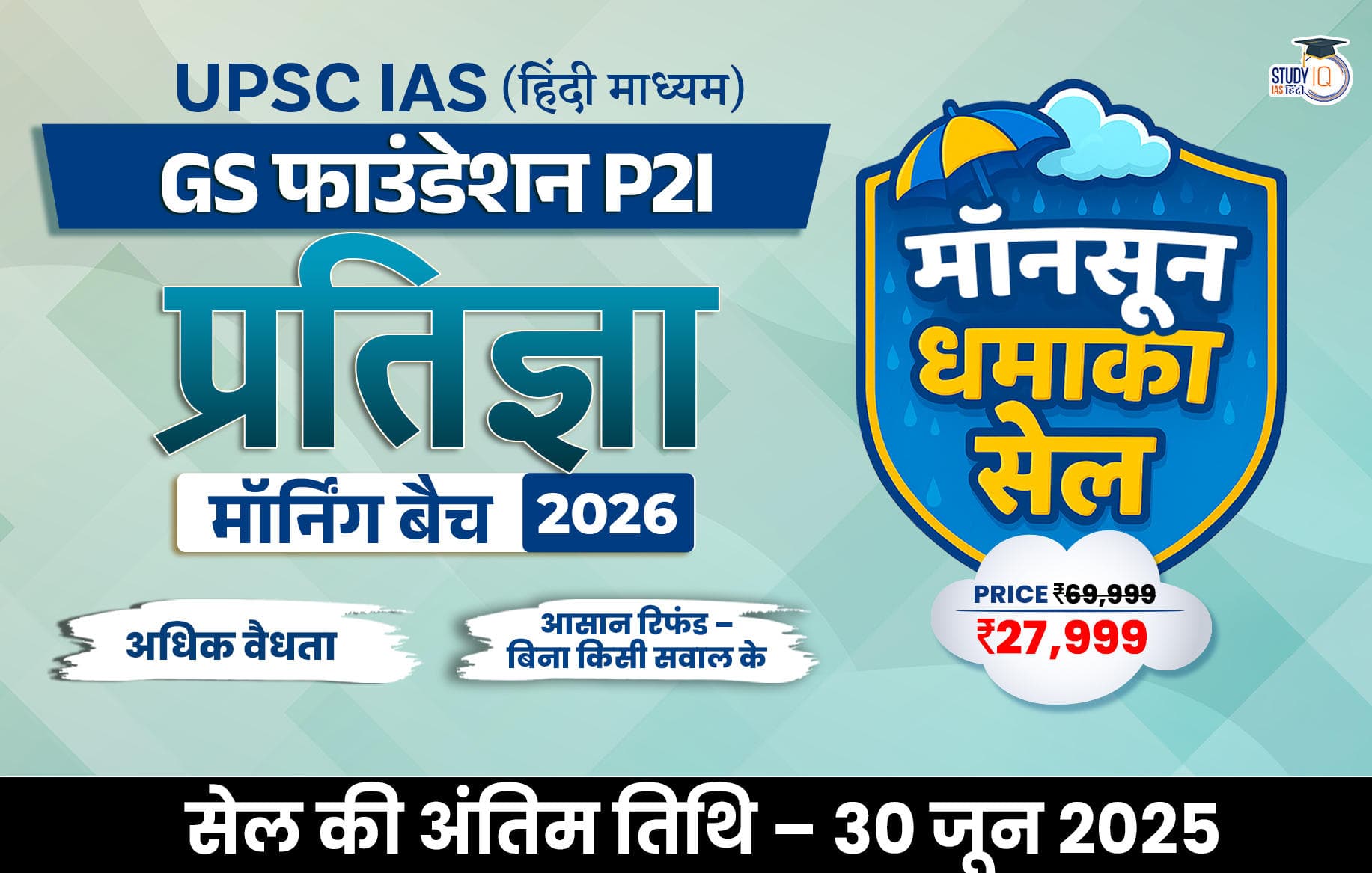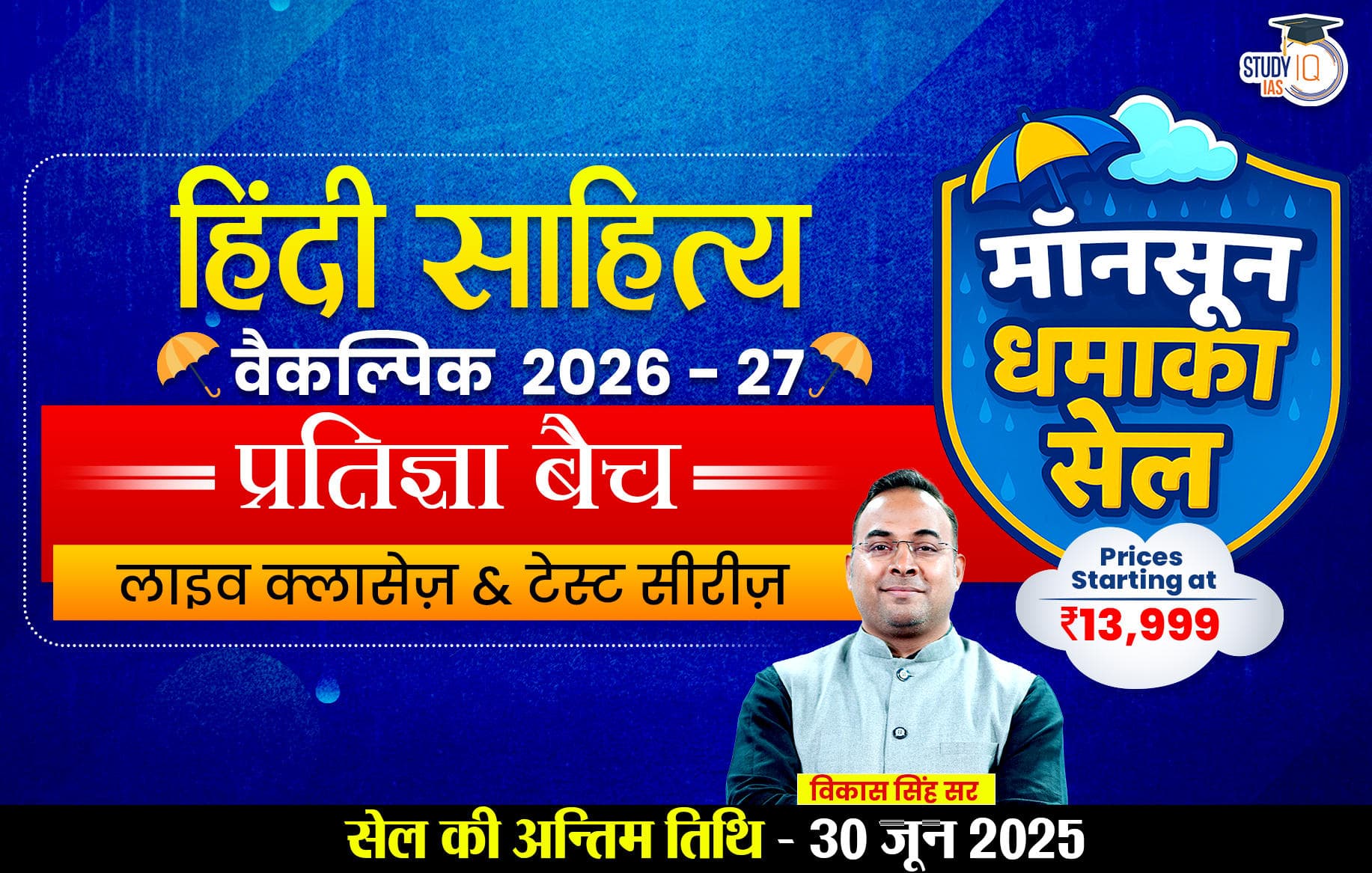Table of Contents
The President of India is the head of state and the supreme commander of the Indian Armed Forces. Since the adoption of the Indian Constitution on January 26, 1950, the office of the President has played a crucial role in India’s governance and democracy. This article provides a comprehensive list of Presidents of India from 1947 to 2025, along with their tenures, significant milestones, and the constitutional powers vested in them.
President of India
The Indian President is the head of the country and the first citizen of India. He represents the nation’s unity and integrity. The President is part of the Union Executive, which also includes the Vice-President, Prime Minister, Council of Ministers, and Attorney General of India. The President’s Office was established as soon as the constitution was ratified on 26 November 1949. He is a member of the Union Executive whose provisions are covered by Articles 52 to 78, Part V, which includes an article about the President (Article 52-62).
- All of the executive functions of the union should be vested in the president, who is the executive head of India.
- The President is the Army’s Supreme Commander.
- He represents the nation’s unity, honesty, and solidarity because he was India’s first citizen.
- By the order of precedence, he holds the top position. According to Article 52,
- The President of India is a requirement of India’s constitutional design.
- The prohibition imposed by Article 52 is absolute.
- The President’s office cannot be empty for even a brief period.
- The country of first president of India was Dr. Rajendra Prasad, he led India for the longest time, from 1950 to 1962.
- Zakir Husain and Fakhruddin Ali Ahmed, two presidents, passed away while being in office.
- Pratibha Patil, who was elected as the country’s 12th President in 2007, is the first woman to hold the position
President of India List From 1947 to 2025
Here is the List of All Presidents of India from 1947 to 2025.
| Name | Start Date | Closing date |
| Dr. Rajendra Prasad | 26 January 1950 | 13 May 1962 |
| Dr. Sarvepalli Radhakrishnan | 13 May 1962 | 13 May 1967 |
| Dr. Zakir Hussain | 13 May 1967 | 3 May 1969 |
| Varahagiri Venkata Giri | 3 May 1969 | 20 July 1969 |
| Varahagiri Venkata Giri | 24 August 1969 | 24 August 1974 |
| Fakhruddin Ali Ahmed | 24 August 1974 | 11 February 1977 |
| Neelam Sanjiva Reddy | 25 July 1977 | 25 July 1982 |
| Giani Zali Singh | 25 July 1982 | 25 July 1987 |
| Ramaswamy Venkataraman | 25 July 1987 | 25 July 1992 |
| Shankar Dayal Sharma | 25 July 1992 | 25 July 1997 |
| Kocheril Raman Narayanan | 25 July 1997 | 25 July 2002 |
| Dr. A.P.J. Abdul Kalam | 25 July 2002 | 25 July 2007 |
| Pratibha Patil | 25 July 2007 | 25 July 2012 |
| Pranab Mukherjee | 25 July 2012 | 25 July 2017 |
| Shri Ram Nath Kovind | 25 July 2017 | 21 July 2022 |
| Draupadi Murmu | 21 July 2022 | Working |
President of India Constitutional Position
|
Constitutional Position |
|
| Article 53 | The President shall have the executive power of the Union, which he may exercise either directly or through persons who report to him by this Constitution. |
| Article 74 | The President will be assisted and advised by a Cabinet of Ministers, led by the prime minister, who “must” act in line with that advice while carrying out his duties. |
| Article 75 | The Lok Sabha will hold the whole Cabinet of Ministers accountable. The parliamentary system of government is based on this clause. |
Current President of India 2025
Smt. Droupadi Murmu was sworn in as the fifteenth President on July 25, 2022. She was the Governor of Jharkhand from 2015 to 2021 and has focused on empowering marginalized communities. She is the second female President of India and the first tribal woman is Draupadi Murmu.
Early Life and Education
Born on June 20, 1958, in a Santhali tribal family in Odisha, she faced many challenges. After primary school, she moved to Bhubaneswar to continue her education and became the first woman from her village to earn a college degree, graduating with a Bachelor of Arts from Ramadevi Women’s College.
Professional Career
From 1979 to 1983, she worked as a Junior Assistant in the Odisha Irrigation and Power Department. Later, she was an honorary teacher at Sri Aurobindo Integral Education Centre from 1994 to 1997.
Public Life
Elected to the Odisha Legislative Assembly in 2000, she served two terms until 2009. She held ministerial roles in Commerce and Transport, and Fisheries, introducing many innovative initiatives. She was recognized as the Best Legislator in 2007.
Governorship of Jharkhand
Appointed Governor on May 18, 2015, she was the first woman tribal Governor of a tribal-majority state. She received praise for her constitutional values and support for tribal rights, implementing reforms in university examinations and recruitment.
Articles related to the President of India
| President Articles |
|
How are the President of India Elected?
The president is chosen by Article 54 of the constitution. According to the Constitution, the President of India is chosen indirectly by an electoral college using a single transferable vote system and a secret ballot in a proportional representation election. The Constitution lays out two criteria to guarantee parity and uniformity in the weight of MP and MLA votes.
The Constitution stipulates that each state’s MLA’s vote value must be proportional to its population to provide uniformity in the scale of representation for all states.
Who does not take part in the Election of president?
The following groups do not take part in electing the President of India:
- Nominated members of the Rajya Sabha (12 members)
- Nominated members of State Legislative Assemblies
- Members of Legislative Councils (both elected and nominated) in states with two houses
- Nominated members from the union territories of Delhi and Puducherry
Qualifications for President of India
The Qualification standards for the president as per Article 58 of the Constitution:
- No one may run for president unless they meet the following requirements:
- They must be citizens of India
- Be at least 35 years old
- Meet the requirements to be elected to the House of People.
- A person who holds a position of profit under the Government of India,
- Government of any State, or under any local or other authority under the control of any of the said Governments is ineligible to be elected as President.
President of India Tenure
The Period of the President as per Article 56 of the Constitution is as follows:
- The President’s five-year term in office begins on the day he takes the oath of office.
- The President may resign from office by writing to the Vice-President under his hand.
- The President may be impeached for violating the Constitution and be removed from office by the procedures outlined in article 61.
- President shall continue to hold office despite the expiration of his term until his successor assumes office.
- Any resignation addressed to the Vice-President under clause (a) of the proviso to clause (1) shall be effective immediately.
President of India Oath of Affirmation
According to Article 60 of the constitution, the President’s Oath is constituted. Before taking office, each President and each person serving in that capacity must take an oath or affirmation before the Chief Justice of India or, in his absence, the senior-most Supreme Court judge available, in front of the Chief Justice of India.
President of India Powers
The Constitution of India gives the President certain powers and responsibilities to effectively lead the country. These can be grouped into several categories:
Executive Powers
- The President is the head of the executive branch, and all government actions are done in their name.
- They can set rules for official documents and manage government tasks (Article 77).
- The President appoints the Prime Minister, ministers, and key officials like the Attorney General (Article 75).
- They can seek information from ministers and promote cooperation between central and state governments (Article 78).
- The President also appoints administrators for Union Territories and can declare scheduled or tribal areas (Article 239, Article 244).
Judicial Powers
- The President appoints judges for the Supreme Court and High Courts.
- They can consult the Supreme Court for advice on legal matters, but it’s not binding (Article 143).
- The President has the power to grant pardons and reduce sentences (Article 72).
Legislative Powers
- The President can summon and prorogue Parliament and dissolve the Lok Sabha (Article 85).
- They address Parliament at the start of each year and after general elections (Article 87).
- The President sends messages to Parliament regarding bills (Article 86) and nominates 12 members to the Rajya Sabha (Article 80).
- ]Their recommendation is needed for introducing money bills (Article 117) and they can issue ordinances when Parliament is not in session (Article 123).
Financial Powers
- Money bills can only be introduced with the President’s recommendation.
- They present the annual budget to Parliament (Article 110) and manage unforeseen expenditures (Article 267).
- The President forms a Finance Commission every five years to recommend revenue sharing (Article 280).
Diplomatic Powers
- The President negotiates international treaties, subject to Parliament’s approval (Article 253).
- They represent India in global affairs and manage diplomatic relations.
Military Powers
- As the supreme commander of the armed forces, the President appoints military chiefs (Article 53(2)).
- They can declare war or make peace with Parliament’s approval.
Emergency Powers
The President has special powers during emergencies, including:
- National Emergency (Article 352)
- President’s Rule in States (Article 356 & 365)
- Financial Emergency (Article 360)
President of India Impeachment Process
- Article 61 of the Indian Constitution establishes the process for impeaching the president. Any House of Parliament may bring the charge against a President who has violated the Constitution for impeachment.
- No such charge shall be preferred unless the proposal to prefer such charge is contained in a resolution that has been moved after at least fourteen days written notice has been given by not less than one-fourth of the members of the House of their intention to move the resolution, and such resolution has been passed by a majority of not less than two-thirds of the membership of the House.
- If a charge has been so preferred by one of the Houses of Parliament, the other House shall investigate the charge or require an investigation into the charge to be conducted, and the President shall be entitled to attend the investigation and be represented.
- The President will be removed from office as of the day the resolution is so passed if, as a result of the investigation, a resolution is passed by a majority of not less than two-thirds of the entire membership of the House by which the charge was investigated or caused to be investigated.
Facts About the President of India
- Dr. Rajendra Prasad is the only individual to have served two terms as President, being the first to hold this distinction.
- In 1969, after the untimely passing of Zakir Hussain, V.V. Giri assumed the role of interim president, making him the sole person to hold this position simultaneously with other roles.
- Alongside the fourteen presidents who have served, three acting presidents have also briefly held the position.
- Sadly, both Zakir Husain and Fakhruddin Ali Ahmed passed away while in office.
- The President of India primarily fulfills ceremonial duties within the government.
- Unlike in some other countries, the President of India is not directly elected by citizens but by elected members of Parliament and Legislative Assemblies.
- Dr. Rajendra Prasad remains the longest-serving President in Indian history.
- Pratibha Patil made history in 2007 by becoming the first woman to hold the esteemed position of President.

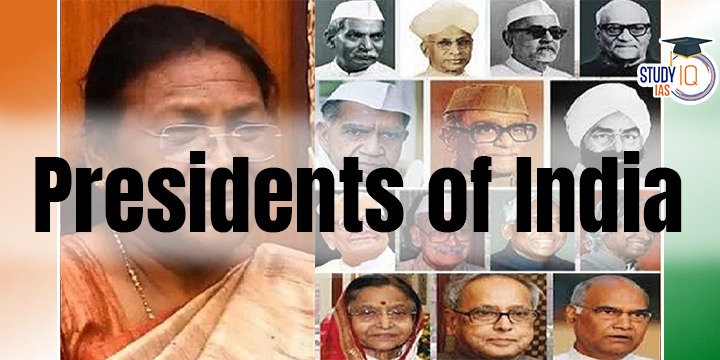
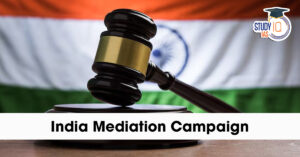 India Mediation Campaign, Objectives, Pr...
India Mediation Campaign, Objectives, Pr...
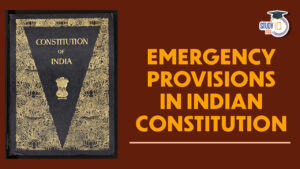 Emergency Provisions in Indian Constitut...
Emergency Provisions in Indian Constitut...
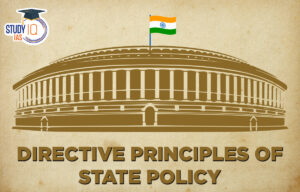 Directive Principles of State Policy (DP...
Directive Principles of State Policy (DP...


